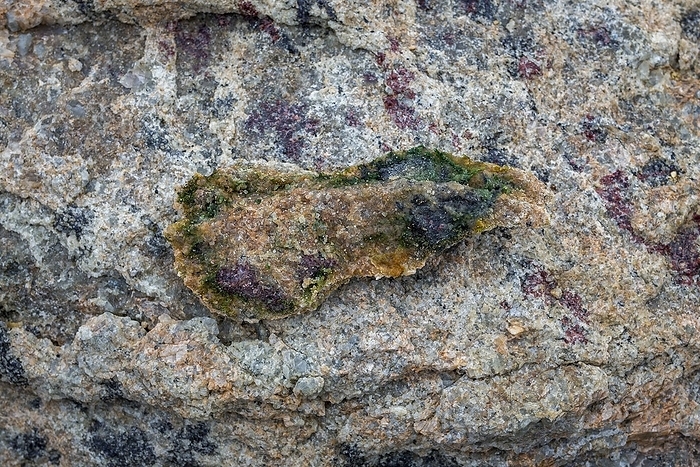
RM
Antarctic endolith
Endolith organism (green) in rock from Antarctica. The term endolith is used to describe an organism, which may be an archaeon, bacterium, fungus, lichen, alga or amoeba, that lives inside rock or in the pores between mineral grains. They are often extremophiles, living in conditions that most life could not survive. They use chemicals from the gases and water that move through the rock, or from excreting acid to dissolve compounds from the rock itself, to produce energy. Some also photosynthesis, using light that filters through the top layer of the rock. They have very slow reproduction cycles that can last hundreds or even thousands of years. It is possible that endolithic environments on Mars and other planets and moons could harbour life.

More
Top Categories
